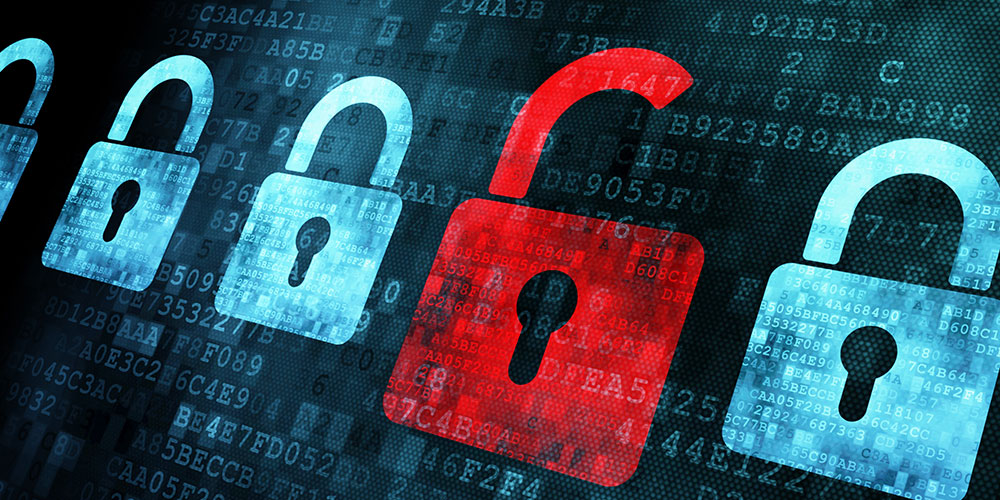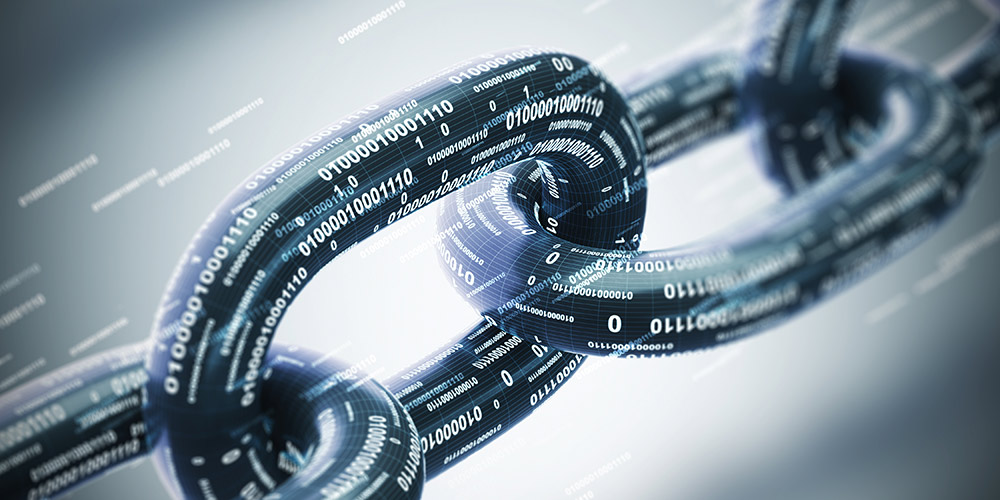
Make Your Employees Your First Line of Defense in Cybersecurity
Imagine that your employees could be your strongest defense against cyber attacks, rather than a potential area of weakness. According to a CompTIA 2019 industry trends report, in all the innovation taking place, cybersecurity is an enduring concern. Other statistics indicate that user error contributes to nearly 25% of cyber breaches. Read on to learn more about how to train your employees to be your greatest defense against cyber attacks.

Is Your Business Ready for Windows 7 and Server 2008 r2 End of Service
With the upcoming end of service for Microsoft Windows 7 and Server 2008 r2, many business owners will need to consider their options. While the end of service for these operating systems is scheduled for January 2020, most technology advisors agree you need a plan of action today. To learn more about what these changes mean to keep your business systems running and secure, read on.

Tips to Avoid Security Breaches
According to a recent CompTIA report, even though people know what to do to avoid security breaches, they don’t always put this knowledge into practice. Employees can, however, take advantage of cybersecurity training in the workplace, learn to change passwords frequently, and implement other safeguards.

Hacking Hazards to Watch in 2019
The more technology advances, the more businesses must be aware of security breaches and hacker attacks. Where are hackers likely to strike in 2019, and how can you protect your business? Read on to learn more about new and existing cyberattacks to avoid.

From 5G to IOT: 2019 Technology Trends to Consider for Your Business
According to a recent report on Technology, Media and Telecommunication Predictions 2019 by professional services firm Deloitte, expect a range of new technologies to drive technology and business innovation next year. As the velocity of change accelerates at an unimaginable pace, here are a short list of considerations.

Tackling Security in the Cloud
Over the last ten to fifteen years, the cloud has gone from new technology to accepted–and by many, embraced–fact. According to a recent CompTIA study, cloud computing is now a critical part of today’s IT operations, powering everything from Cloud Backup to handling email and other commonly used applications.

What is Cybersecurity and Why it Matters
Over the last several years, we have heard about high-profile cyber attacks and data breaches. However, large companies are not the only ones subject to such attacks. Small to medium businesses are at risk as well, and may not have the resources to overcome a data breach. According to Forbes, the question is not if a cyber attack will occur, but when. Read on to learn what comprises cybersecurity and why it is so important.

Consider Infrastructure as a Service in Budget Planning
t’s about time for businesses to be setting up their 2019 budget and deciding what their IT expenditure will be. According to Forbes, a significant portion of IT budgets will be committed to the cloud. But what option will your business choose? Public, private, or hybrid cloud? And what services are best for your business? IaaS is a popular choice; read on to learn more about this option and its benefits.

Is Blockchain Coming to Your Neighborhood?
Since 2008, the cryptocurrency Bitcoin has been in the news. Not only that, its underlying technology called Blockchain has become better known as an emerging technological trend. According to a COMPTIA brief citing research by Gartner, this technology is expected to grow in 2018 and beyond, with blockchain spending to reach a project $20 billion in 2024 and 2025. Is Blockchain for your business? Read on to learn more.

Processing Credit Cards? Make PCI-DSS Compliance Part of Your Network Security Plan
With the holiday season coming up soon, many businesses, both brick and mortar and online, will process a great deal of customer credit card information. This information will be stored and transmitted and must be protected from loss or compromise. The Payment Card Industry Data Security Standard (PCI-DSS) is the standard for compliance and is important year-round. Is your business compliant? If not, how can your business reach that standard? Read on to find out more about this important issue.
